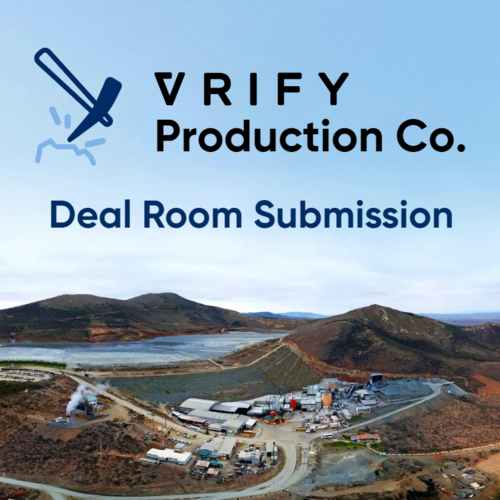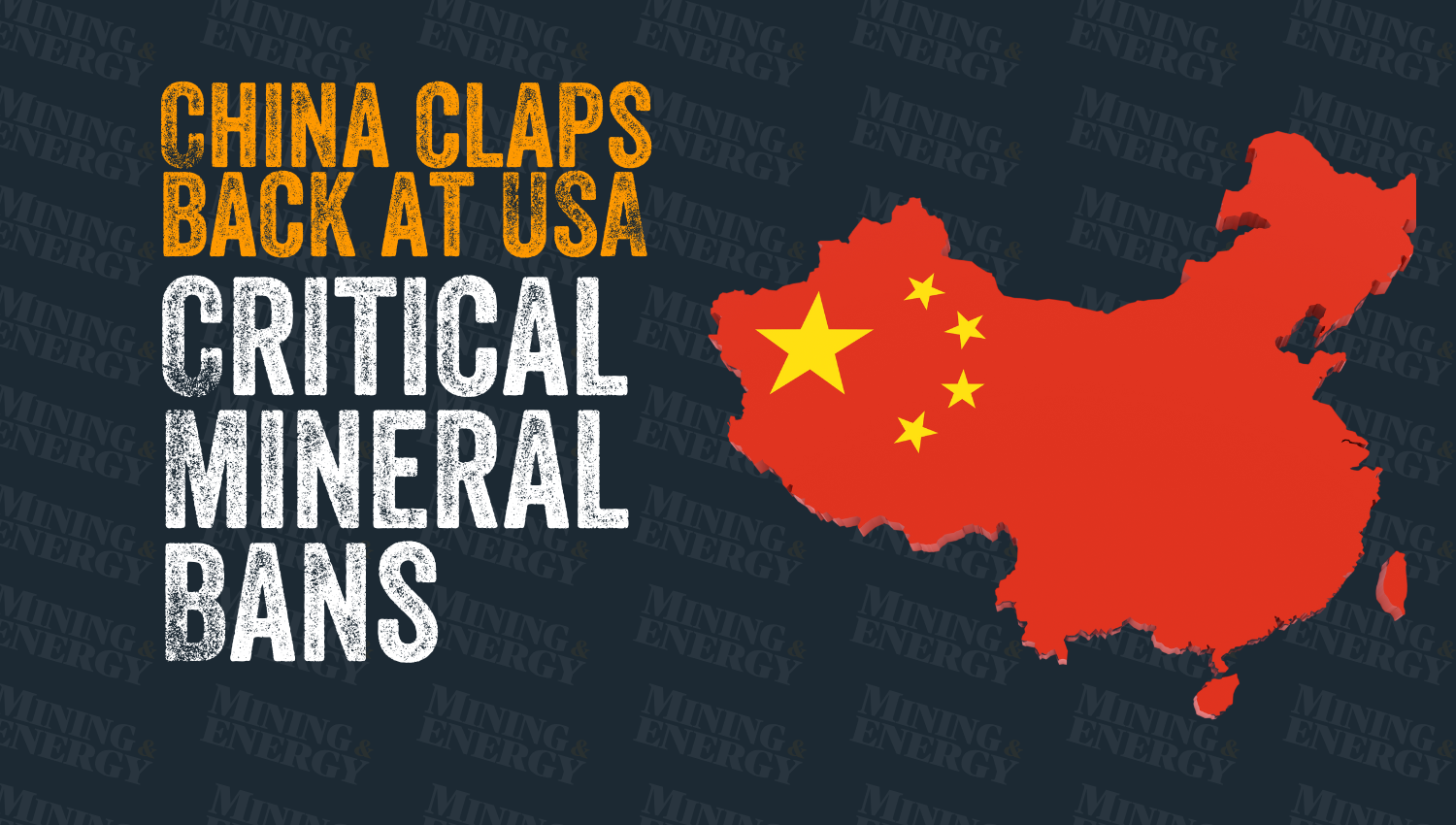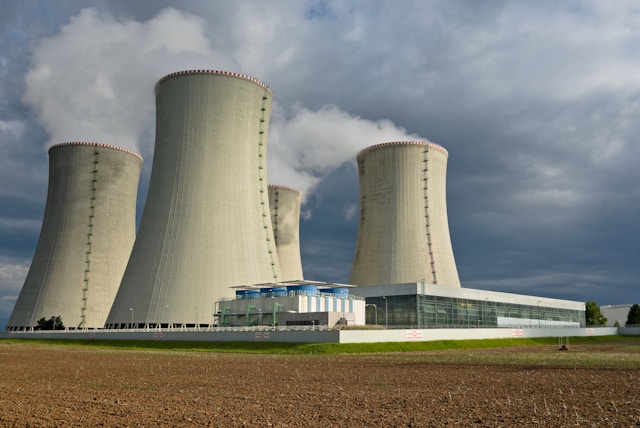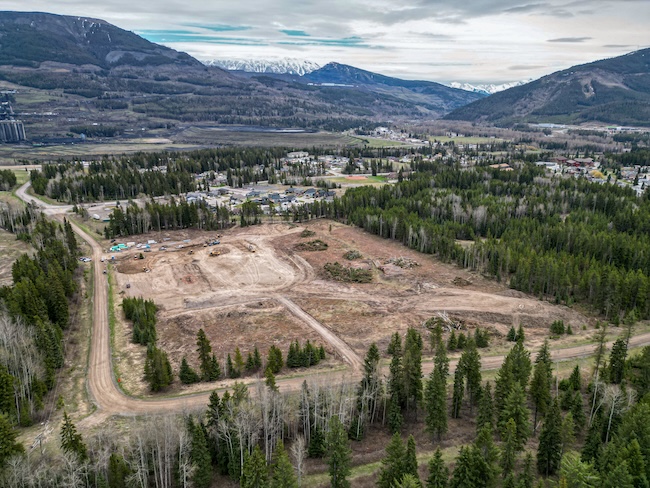VRIFY Deal Room “Like a Dating App for Miners”

The Deal Room app can provide more information, and enable better decision-making. — Photo courtesy VRIFY Technology Inc.VRIFY Technology Inc. of Van
The Deal Room app can provide more information, and enable better decision-making. — Photo courtesy VRIFY Technology Inc.
VRIFY Technology Inc. of Vancouver has developed an online digital tool for the mining industry that makes detailed communication between companies about complex technical subjects faster and more complete.
Stephen de Jong, VRIFY’s founder, president and CEO, says VRIFY Deal Room, the name of the innovation, is “like a dating app for mineral exploration and mining companies.”
(A dating app is an online dating service that’s available as a mobile phone application. Such an app, of which there are many, is reputed to simplify and speed up the process of sifting through potential dating partners - “swipe right, swipe left” - to find the best prospect.)
VRIFY Deal Room is not for young urban singles, however.
It’s very powerful cloud-based presentation and collaboration software that enables mineral exploration and mining companies that are looking for a deal to show their assets in three dimensions to prospective partners and investors and to open up a channel of communication.
Two parties are involved: The Deal Room host, the one with the money, and the (usually smaller) company with a mineral asset that is looking for money. Both parties are looking to make a deal, but neither of them know yet if they are compatible.
VRIFY develops a profile for the Deal Room host and what it’s looking for and posts it on the VRIFY web site.
The 3D profile comes with 360-degree photos, as well as traditional corporate presentation content, including 2D slides. Then the game begins.
The mating dance can last for quite a while, as long as three rounds.
In Round One, a company or project that fits the criteria of the Deal Room host – the one with the bucks – will be allowed to submit a 3D presentation for the host to look over.
To do that, the suitor needs to sign up with VRIFY so it can use the company’s technology.
Like the host’s, its profile will be in 3D, with 360-degree photos, plus traditional corporate presentation content.
If the company lucks out and makes it to Round Two, it will have the opportunity to make an in-depth, in-person or remote presentation to the host.
Round Three, if the two companies get that far, consists of traditional advanced due diligence, possibly including a confidentiality agreement, site visits and data room access. De Jong says Deal Room is a new way for mining and mineral exploration companies to communicate with investors and stakeholders.
It eliminates the need for site visits, replacing them virtual mining tours by desktop computer or tablet.
He says the best way to explain the orientation of a deposit or the location of underground workings in relation to a deposit is to take screenshots of a 3D model. VRIFY can incorporate interactive models and photography and other components right into the presentation.
Better information leads to better decisions, De Jong says, and once investors have experienced VRIFY presentations, they won’t be satisfied with the old-fashioned two-dimensional kind.
Kirkland Lake Gold (TSX, NYSE: KL) is using Deal Room to help the Toronto-based gold miner attract and assess new investment opportunities.
“Kirkland Lake Gold has been using the Deal Room since the end of June [2019],” said KL spokesman Mark Utting. “We use it to build awareness with juniors.”
Utting says the goal of KL is to create value and the Deal Room is part of that strategy.
“The company has grown a lot and we want to put our cash to good use by acquiring some properties that will enable us to grow even more,” he said. “The Deal Room will help us to do that.”
KL has developed a set of criteria to evaluate other companies’ mineral assets that could complement the company’s growth strategy.
Any company with an asset that needs capital and meets the criteria below can make a submission to the KL Gold Deal Room.
KL’s criteria:
Commodity: Gold, including projects with by-products.
Jurisdiction: Australia, Canada, other parts of North America, as well as Europe, New Zealand and South America.
Stage of Development: Prepared to evaluate investment into or acquisition of value accretive assets at any stage (exploration, resource definition, Preliminary Economic Assessment, Pre-feasibility Study, Feasibility Study, development and production).
Investment Structure: Willing to consider various investment structures including, but not limited to: earn-in, joint venture, strategic equity investment, acquisition.
Kirkland Lake Gold
Kirkland Lake Gold (TSX, NYSE: KL) is a Toronto-based gold mining company that hopes to achieve production of 950,000 – 1,000,000 ounces of gold in 2019.
Kirkland Lake Gold (KL) owns and operates 5 underground gold mines and 3 milling facilities in Canada and Australia.
KL’s marquee projects are two high-grade, low-cost operations: The Macassa Mine in northeastern Ontario, and the Fosterville Mine in the State of Victoria, Australia.
The Macassa Mine, which began operating in 2002, has increased its level of production significantly over the past five years.
The mine is located in an area with well-developed infrastructure, including a provincial highway, a railway system and a private airport.
High-grade ore is processed at the Macassa Mill, which has available capacity and is located close to the mine.
The Fosterville Mine, which began operating in 2005, produced gold from near-surface, low-grade mineralization in its early years.
In 2015, the Eagle zone, containing high-grade visible-gold bearing mineralization, was discovered.
It resulted in a significant improvement in the mine's overall Mineral Reserve grade, production profile and unit cost performance.
In 2016, exploration work discovered similar visible-gold bearing zones at depth in the Harrier zone.
Additional exploration in 2017 resulted in new Mineral Reserve and Mineral Resource estimates for the operation.
Kirkland Lake Gold (TSX, NYSE: KL) is a Toronto-based gold mining company that hopes to achieve production of 950,000 – 1,000,000 ounces of gold in 2019.
Kirkland Lake Gold (KL) owns and operates 5 underground gold mines and 3 milling facilities in Canada and Australia.
KL’s marquee projects are two high-grade, low-cost operations: The Macassa Mine in northeastern Ontario, and the Fosterville Mine in the State of Victoria, Australia.
The Macassa Mine, which began operating in 2002, has increased its level of production significantly over the past five years.
The mine is located in an area with well-developed infrastructure, including a provincial highway, a railway system and a private airport.
High-grade ore is processed at the Macassa Mill, which has available capacity and is located close to the mine.
The Fosterville Mine, which began operating in 2005, produced gold from near-surface, low-grade mineralization in its early years.
In 2015, the Eagle zone, containing high-grade visible-gold bearing mineralization, was discovered.
It resulted in a significant improvement in the mine's overall Mineral Reserve grade, production profile and unit cost performance.
In 2016, exploration work discovered similar visible-gold bearing zones at depth in the Harrier zone.
Additional exploration in 2017 resulted in new Mineral Reserve and Mineral Resource estimates for the operation.



